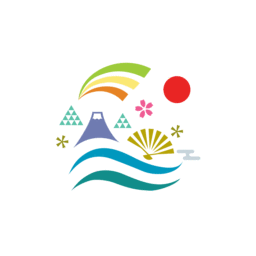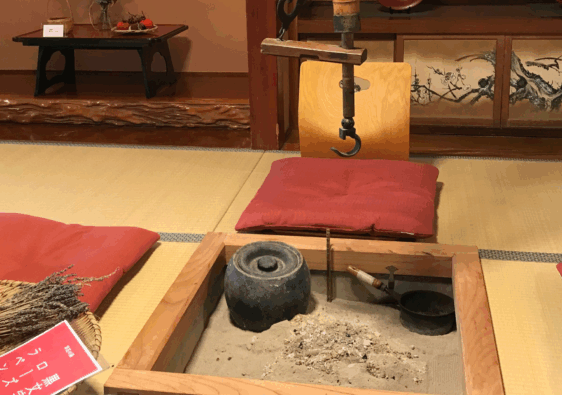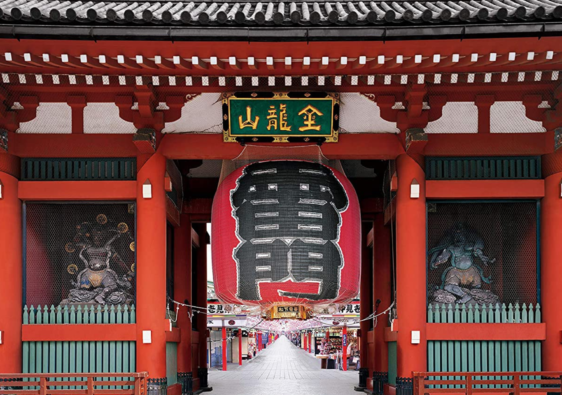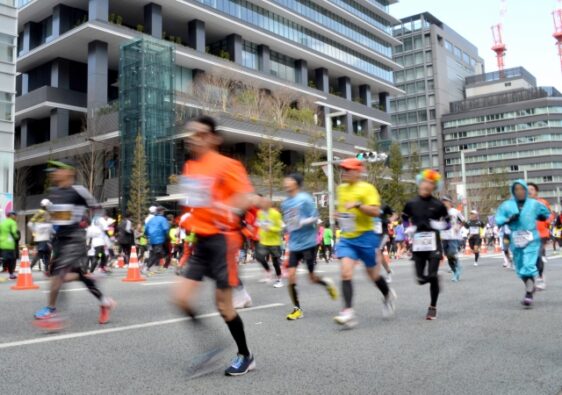A Happy New Year 2024!
As we welcome the new year, we want to express our gratitude for your continued trust and support.
May the new year be filled with exciting adventures, unforgettable experience, joy, and prosperity.
We look forward to helping you discover more of Japan’s hidden gems and creating unforgettable memories together in 2024.

In our first blog of the new year, we will introduce some New Year’s activities that take place in Japan. In Japan, there are many events to welcome the new year. Although what people do differ from person to person, I would like to introduce the main events that have been held from ancient times to the present day. If you are in Japan during the New Year period, why not try out these activities?
Typical New Year events
1.Hatsumode
2.Kakizome
3.Seven Lucky gods Tour
1.Toshikoshi Mairi、Hatsumode(年越し参り、初詣)
In Japan, from the end of the year to the beginning of the new year, New Year’s Eve visits, “Hatsumode,” are held at temples and shrines. This New Year’s Eve festival has the meaning of giving thanks for the old year and praying for safety and peace in the new year, and the New Year’s bell is rung 108 times to exorcise the 108 earthly desires of humans.
Joyanokane “除夜の鐘” is a Buddhist event in Japan where the temple bell is rung 108 times on New Year’s Eve to New Year’s Day. This event is part of the “Joya no Kane” ceremony, which is the last ceremony of the year that expresses gratitude for the past year. To ring the bell, approach the bell and bow with your hands together before striking the bell with the wooden mallet attached to the bell by a rope. Finally, bow again and express your wishes or gratitude to Buddha in your heart.
Hatsumode is generally held between January 1st to 7th or January 15th, known as Matsunouchi, but many people visit temples and shrines between January 1st and 3rd. Matsunouchi refers to the period during which pine trees are displayed as a symbol of the New Year’s God welcoming. *Matsunouchi period differs depending on the region.

2.Kakizome (書初め)
Kakizome calligraphy ”書初め” is one of the traditional annual events that has been held in Japan since ancient times, and it is filled with the meaning of achieving goals and celebrating the new year, as people set their resolutions and plans for the year, as well as congratulatory words.
The Japanese proverb “一年の計は元旦にあり” means that you should make a plan or set a goal for the year on January 1st, preferably in the early morning. And the plan and target write down on a paper.
It is generally “Kakizome” is hold on January 2nd. The reason for this is that January 2nd of the new year is said to be the “beginning of things,” and it is said that if you start your first job, such as writing, learning, or doing business, from the 2nd, you will improve faster and last longer.

3.Seven lucky gods tour 七福神巡り
The Seven lucky gods tour (Shichifukujin Meguri) is the custom of visiting temples and shrines that enshrine the seven Lucky Gods during the New Year. The Seven Lucky Gods are seven gods that have been worshiped since ancient times as the gods of fortune and wealth. You can pray for happiness and health by visiting the Seven Lucky Gods. The activity is held all over the country, and although there is no set time, it is said that Matsunouchi (January 1st to 7th)is the best time to visit.
There are several places in Tokyo where you can tour the Seven Lucky Gods, but Asakusa is the most famous among them. We will visit nine temples and shrines in Asakusa.
Here is the route of nine temples and shrines for Seven luck gods tour in Asakusa
①Sensouji (浅草寺) Daikokuten (大黒天)
It is Tokyo’s oldest temple with a history of 1,400 years and is where Daikokuten, the god of treasure, is enshrined. It is also famous for its approach to the shrine, which is bustling with festivals throughout the year.

②Asakusa shrine(浅草神社) Ebisu (恵比寿神)
Asakusa Shrine, where the three people who found the Kannon statue at Sensoji Temple are enshrined, is also famous for the Sanja Festival.
This shrine is dedicated to Ebisu, the god of good fortune that brings blessings from the sea and a large catch, and is a shrine where people pray for good luck.

③Machituyashoden(待乳山聖天)Bishamonten (毘沙門天)
The symbol is the radish, which is said to purify the heart when offered. This is a shrine where people pray for business prosperity and good health.

④Imado shrine(今戸神社) Fukurokujyu (福禄寿)
It is popular as a god of matchmaking, and as the birthplace of beckoning cats, there are many cat ornaments on the grounds.

⑤Hashimafudoson(橋場不動尊)Hoteison(布袋尊)
Because this temple escaped damage during earthquakes and wars, it is said to be a temple that brings good luck and warding off evil spirits. The Hotei-sama here is a rare figure with a bag on his stomach instead of holding a bag.

⑥Ishihama shrine(石浜神社)Jurojin(寿老神)
The oldest shrine in Arakawa Ward, founded in 724. Minamoto no Yoritomo, the shogun of the Kamakura period, also prayed to the god of longevity during his conquest of Oshu.

⑦Yoshiwara shrine(吉原神社)Benzaiten (弁財天)
This shrine is located where there used to be a downtown area called the red-light district. The god of good luck, business prosperity, and skill improvement.

⑧Ootori shrine(鷲神社)Jurojin(寿老人)
It is the god of prosperous business, good fortune, and success, and is famous for the Tori no Ichi (Tori no Ichi) festival held in November and the “Nadeokame” decorated at the shrine.

⑨Yasakiinari shrine(矢先稲荷神社)Fukurokuju(福禄寿)
The god of business establishment, academic achievement, fulfillment of moral character, and long life in military affairs. He is wearing a crane symbolizing longevity, has white hair and a white beard, and has a harmonious and harmonious face, representing the highest ideal of a person.
A must-see is the ceiling painting of the shrine called “Japanese Horse Riding History”!

The Seven lucky gods tour will take you deeper into Asakusa, so you may be able to find local shopping streets and hidden treasures just for you. It will take about 3 to 4 hours to walk all the way, but it will be a very enjoyable walk. Why not try it as a memory of Japan?




